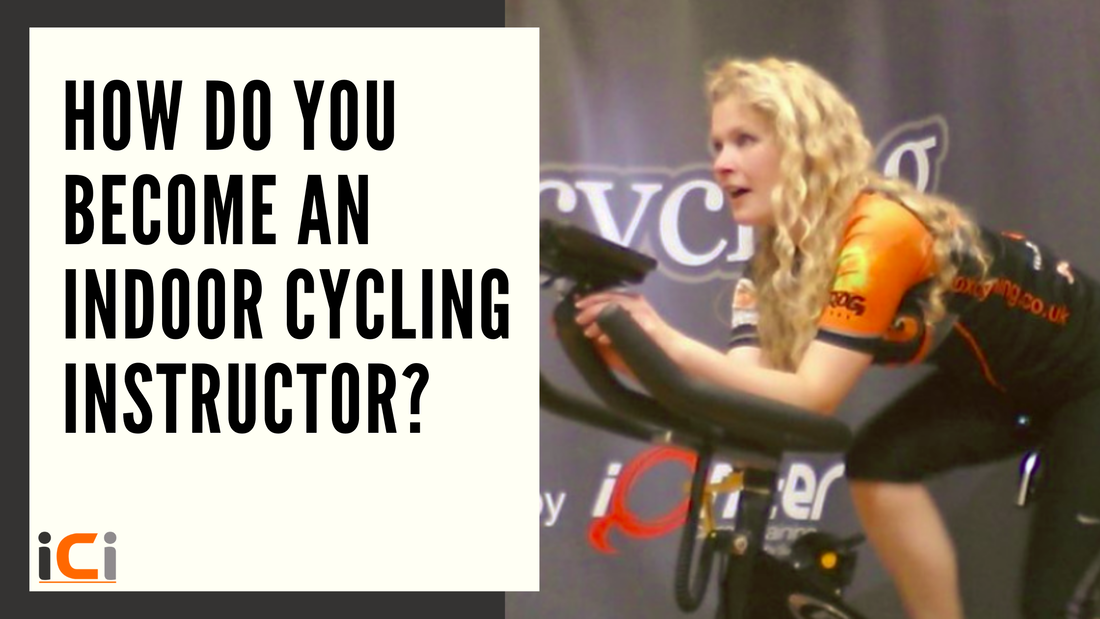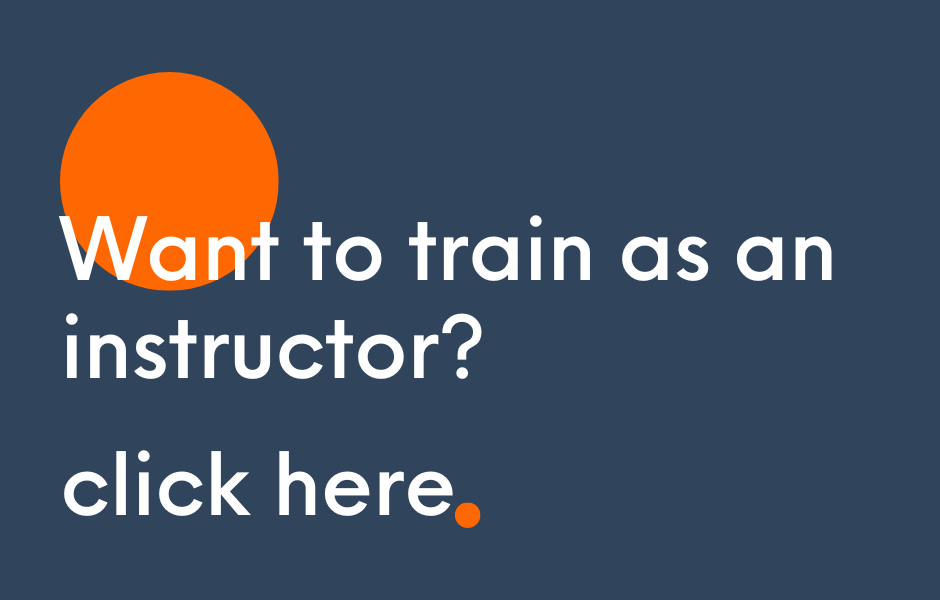How do you become an indoor cycling instructor?It's just pedalling and talking, right? A good instructor will make it look effortless (except for the sweat), but what makes a good instructor, and how can you be one? What makes a great indoor cycling instructor All instructors should be able to deliver safe and effective classes, which means they should understand and be able to apply principles of anatomy, physiology and sports science to help riders get the most out of their sessions. This knowledge is essential to avoid injury - but effective workouts don't just happen. It's not a case of bashing away at your riders until it's time for them to crawl out of the door, it's about recognising where your riders are at, giving them extra options to make the load lighter or heavier depending on what they need, and having the correct balance of nurture and motivation to get the best out of them. Can anyone be an indoor cycling instructor? Yes, pretty much, as long as you have a desire to give your riders an effective workout, and that you're there for their workout, not your own (although you're still going to have to work hard, because you're doing the session, while concentrating on your riders, while instructing - it's going to be busy!) Most people have either directly experienced or heard about bad indoor cycling where they'd never dream of going back - but quality indoor cycling is good for everyone. How can I train as an indoor cycling instructor? Your starting point will differ depending on what previous training you've had. If you're already a certified personal trainer or gym instructor, you'll be able to get on most courses. There are few available that will take you if you have no previous experience, although the Indoor Cycling Institute level 1 PRO one does as does the purely online level 1 course. Not all training is equal - some courses will only train you to deliver a product or particular programme, which means you won't be insured to design and deliver your own classes - you will be presenting only pre-built choreographies. And some courses might not enable you to get insurance if the course doesn't require both a theory and practical submission. When checking out courses, make sure you'll get the support you need, for example a personal tutor, unlimited support, and a quick turnaround with certificates (some providers may require six weeks to issue you your certificate - not good if you want to get cracking while you're feeling confident!) Look for courses that offer a bit more; accredited courses may offer a number of points for completing the course. For NASM and AFAA accreditation, for example, look for 1.0 NASM point or 12 AFAA points or more. The Indoor Cycling Institute course offers 1.7 NASM points and 15 AFAA points as a comparison. Want to find out more about our entry level courses? Click here. Or contact us if you've got any questions.
Read more stuff here:
0 Comments
Leave a Reply. |
Categories
All
|
Quick links
Get started
|
Find what's right for you
|
Courses
|
Further learning
|
More
|
The Indoor Cycling Institute provides the most comprehensive and up to date indoor cycling instructor training; providing entry-level courses, and further education to raise the standard of instructors.
© 2014-2024 Protheorem Ltd
The Indoor Cycling Institute is owned and operated by Protheorem Ltd Registered in England & Wales, Company number 12812092
The Indoor Cycling Institute is owned and operated by Protheorem Ltd Registered in England & Wales, Company number 12812092




